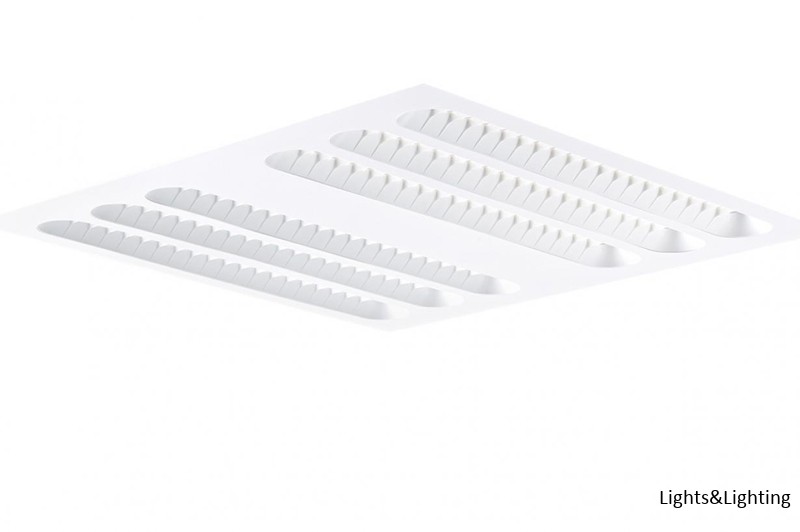What is emergency lighting?
Emergency lights are designed to ensure there is still light when a building’s main power supply cuts out. Battery-backed devices that switch on automatically, they are fitted as standard in commercial offices and new-build residential homes.
They are safety mechanism, so that if the main power cuts out people can still see and safely navigate their way through a building. Emergency lighting is often used to lead people towards emergency exits and to safety as quickly as possible.
There are two types of emergency lighting:
Maintained Emergency Lighting
These lights are designed for continuous normal use in non-emergency situations. They run off the mains supply until that cuts out, which is when they take power from a backup battery. Maintained emergency lights are normally used in public buildings like shopping centres or cinemas where people may not be familiar with the layout of the building.
Non-Maintained Emergency Lighting
These lights use a backup battery and are only active in emergencies. They are normally used without maintained lighting in offices and spaces where the occupants will be familiar with the layout. Lots of public buildings will use both maintained and non-maintained emergency lighting.
Which One Do I Need?
If you are looking for lights for an office or industrial environment with a simple layout non-maintained should be enough.
If you are looking for lights for a building that has a lot of members of the public coming in who might not be familiar with the layout you should install maintained and non-maintained emergency lights.
There is no legal stipulation to install maintained or non-maintained lights but you must have sufficient lighting if the power goes out. Read more about legal requirements in our FAQs below.
